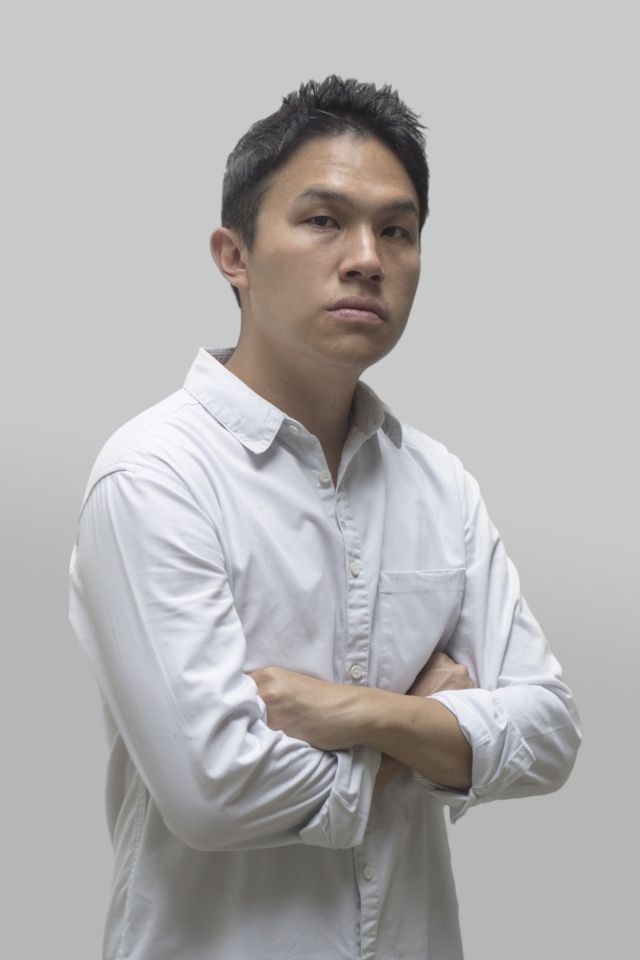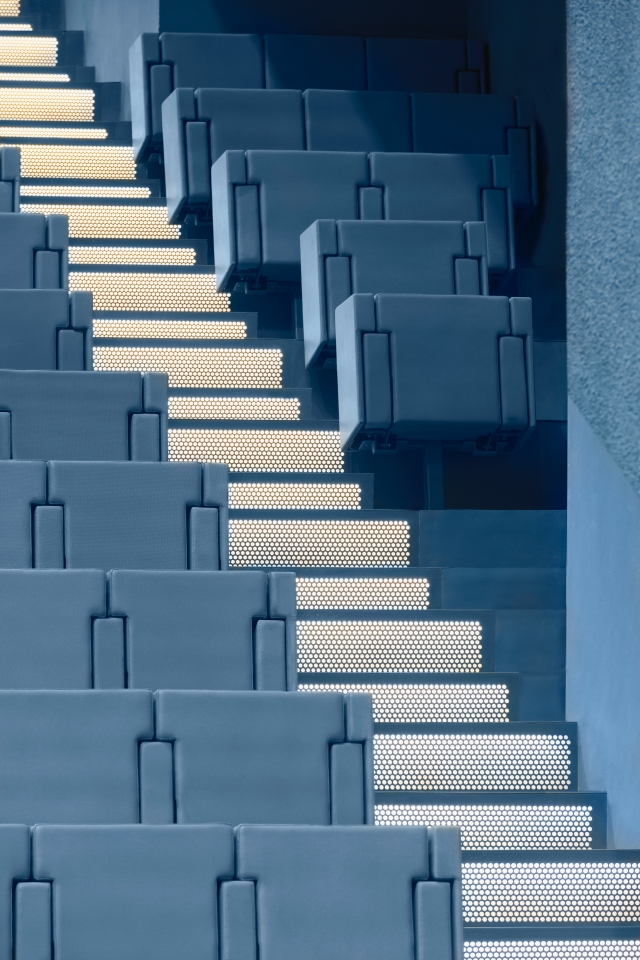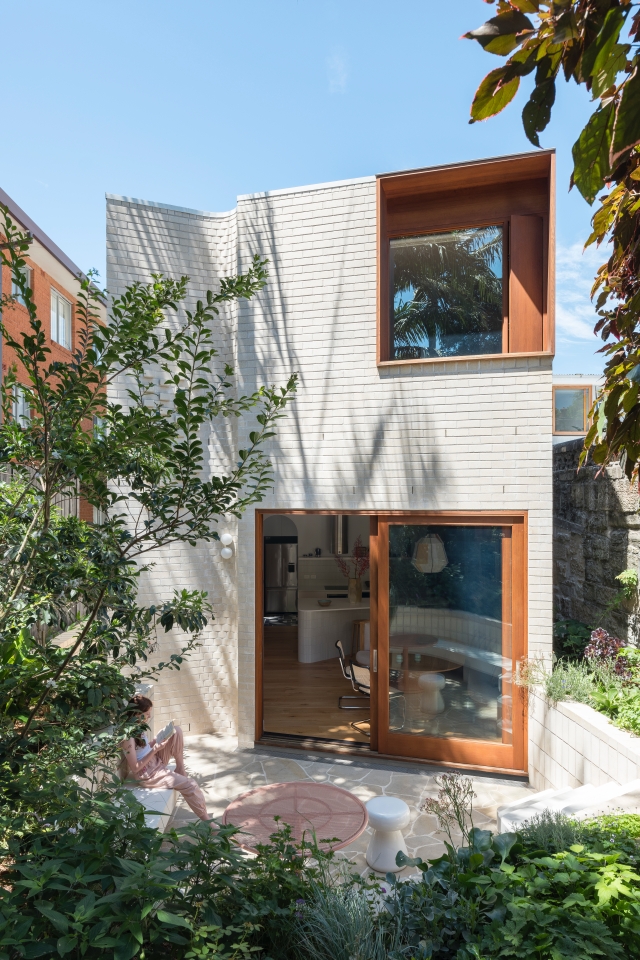From traditional to uber cool. It has a fascinating history, rich cultural heritage, and an exacting attention to detail that imbues every facet of daily life. It is a city of contrasts and contradictions, where ancient palaces, temples, shrines, world heritage sites, and iconic landmarks juxtapose with ultramodern skyscrapers, fashion flagships, artisan ateliers, and kitsch stores, sit side by side. Millennia-old traditions and cultural arts combine with kooky sub cultures, and futuristic technology in a fascinating fusion of the ancient and ultramodern – tea ceremonies, origami, calligraphy, and Ikebana, combine with futuristic technology and diverse Subcultures-Otaku culture (Anime, manga), Kawaii - “cuteness” cosplay, eclectic fashion, a love of karaoke, kabuki, capsule hotels, and J-Pop. All served with a mega dose of Omotenashi - the Japanese spirit of hospitality.
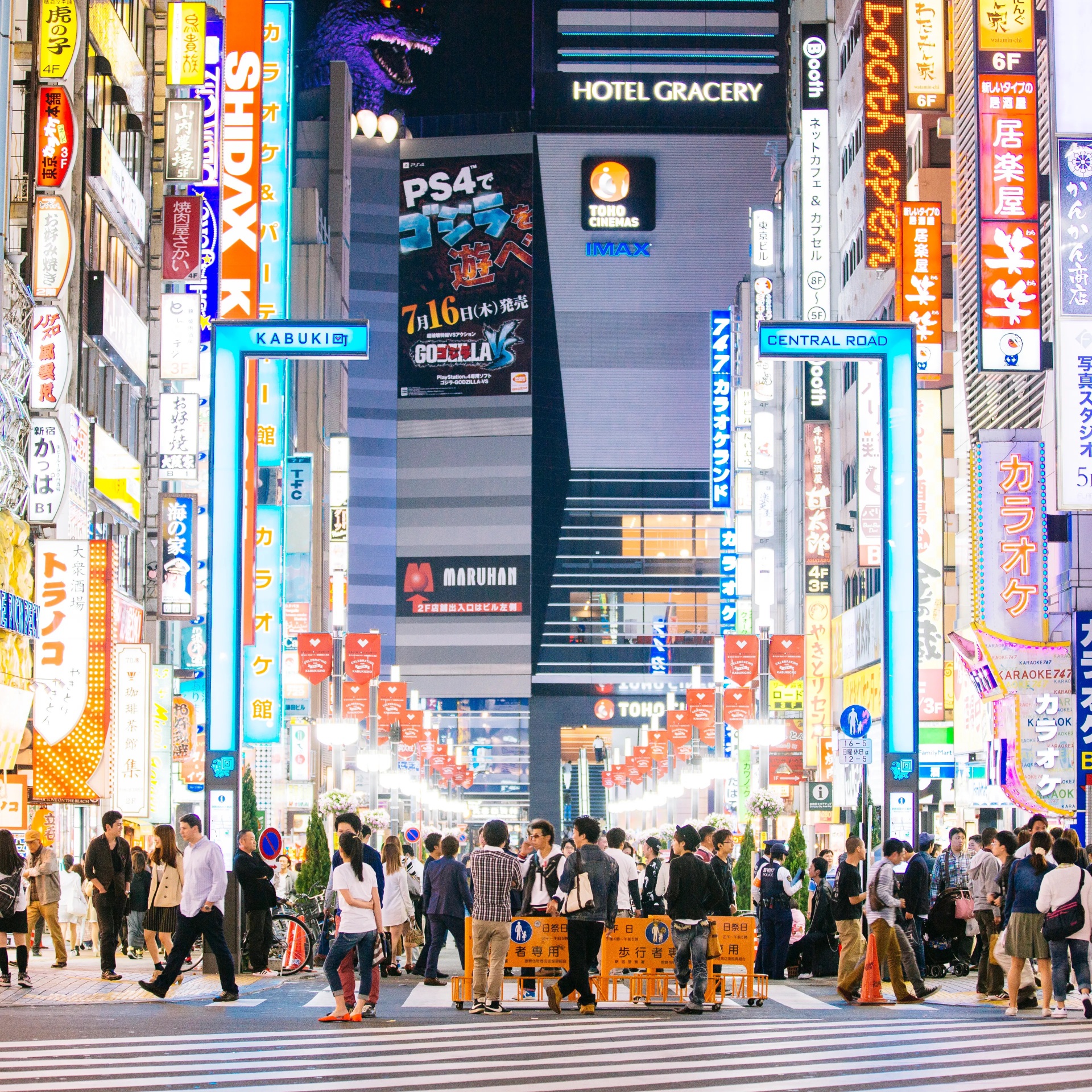
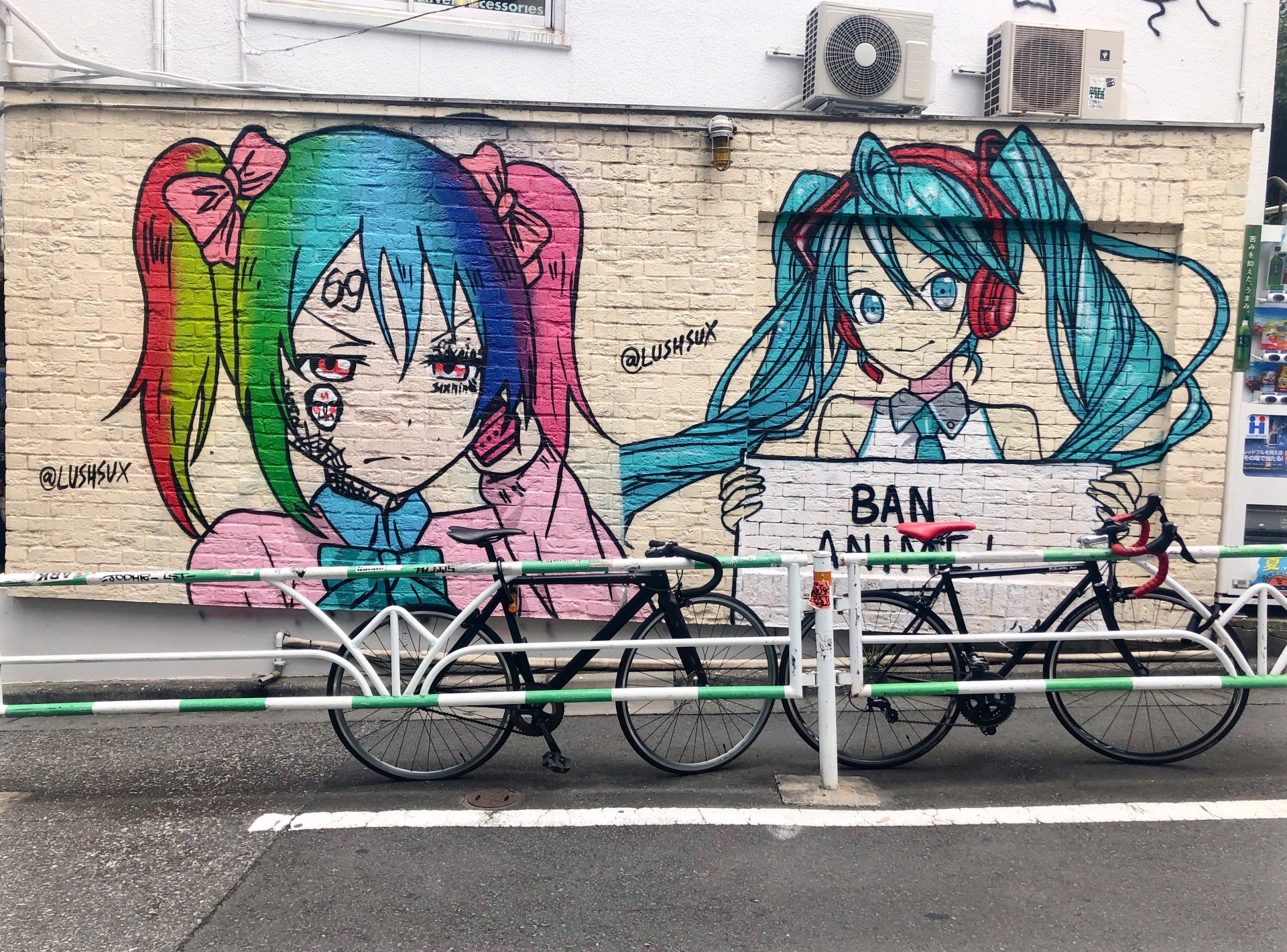
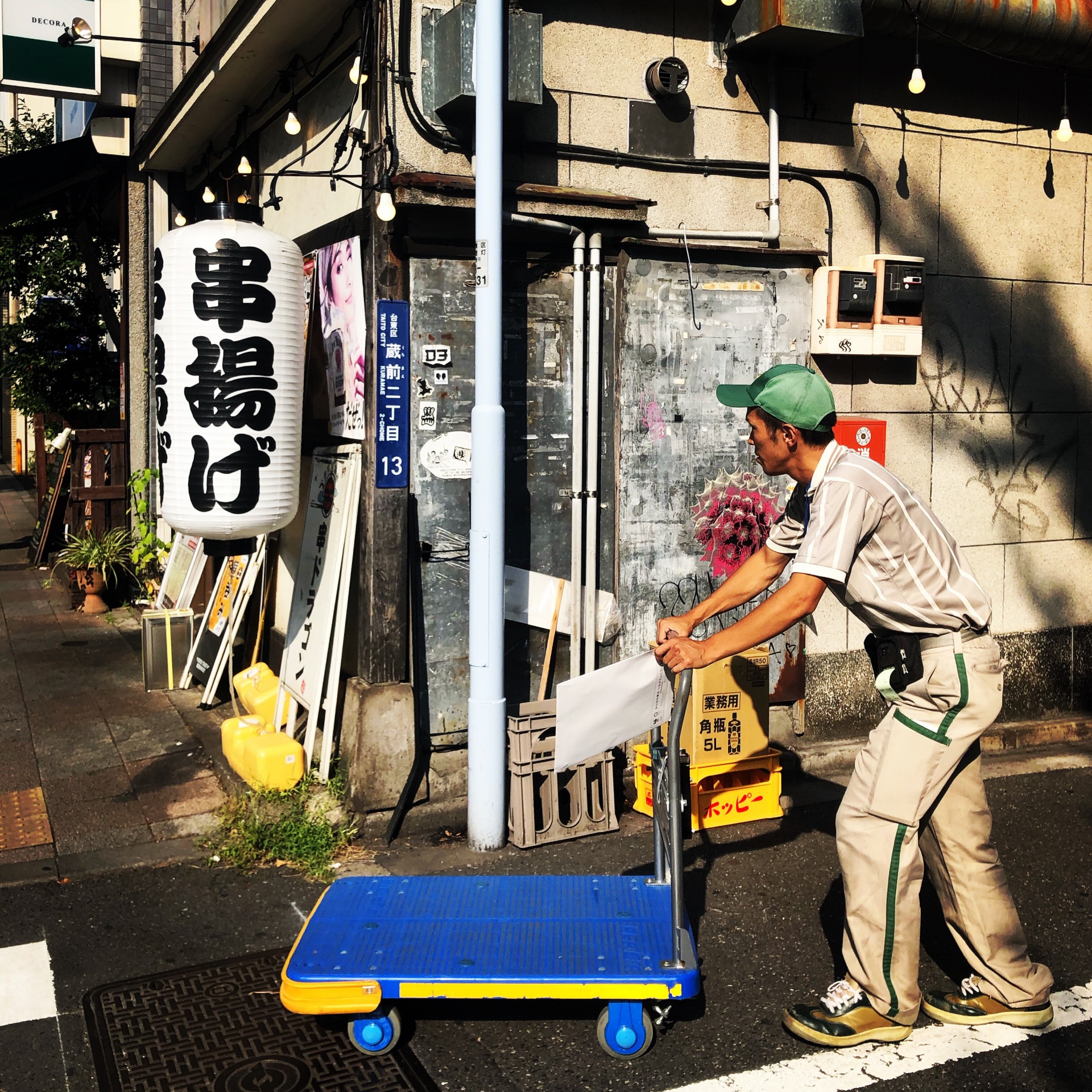
Constant Flux
Tokyo is a city that is constantly changing, and revealing a diverse collection of up-and-coming neighbourhoods. A plethora of new and unique shops are finding home in historic buildings, skilfully merging the aesthetics of the past with modern trends, including craft shops, miscellaneous goods shops (called zakka), coffee shops, restaurants, cafés – which in turn brings more and more international tourists to the areas, adding a diverse and global charm. Perfectly complementing the frenetic established hubs humming with youth Tokyoites.
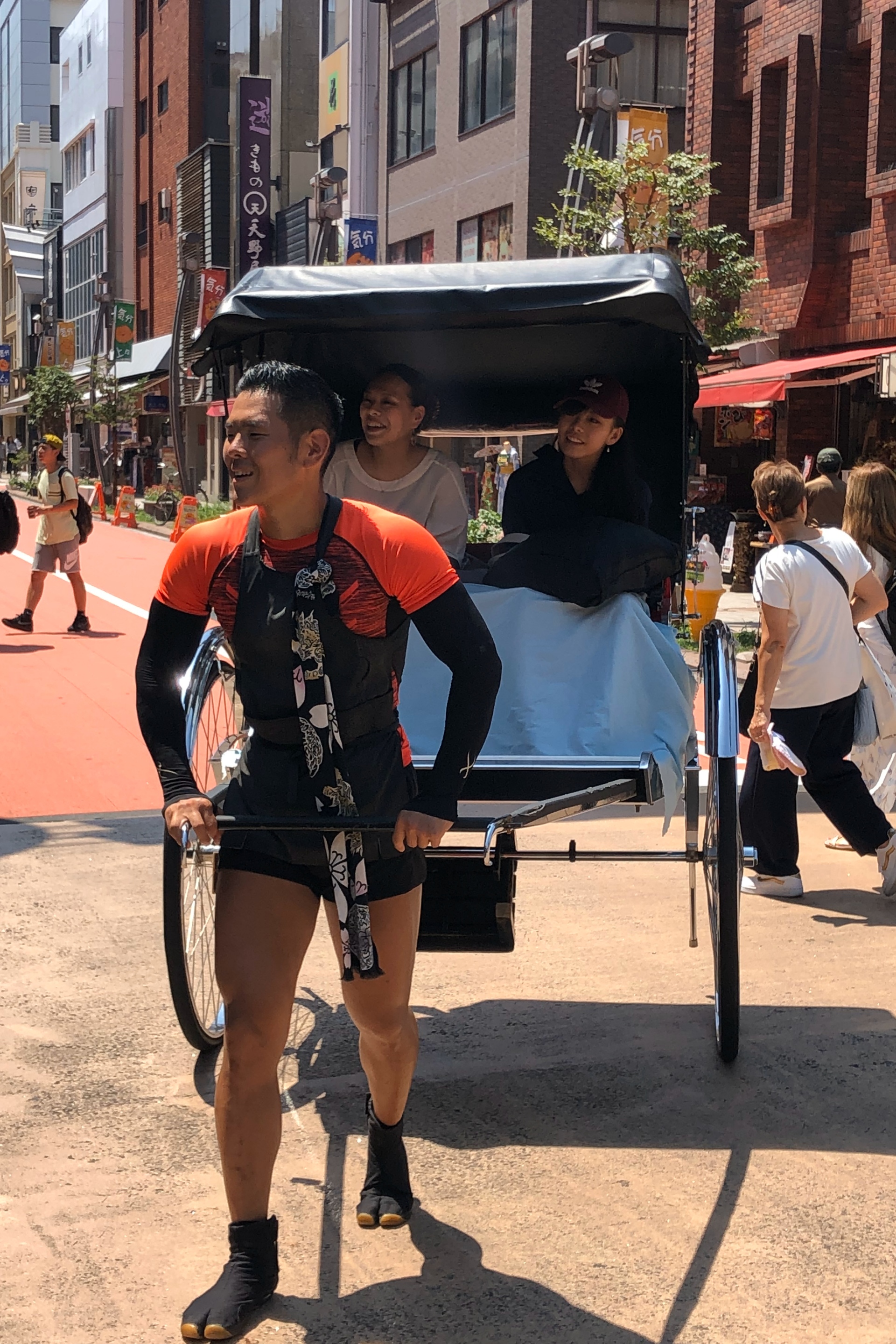
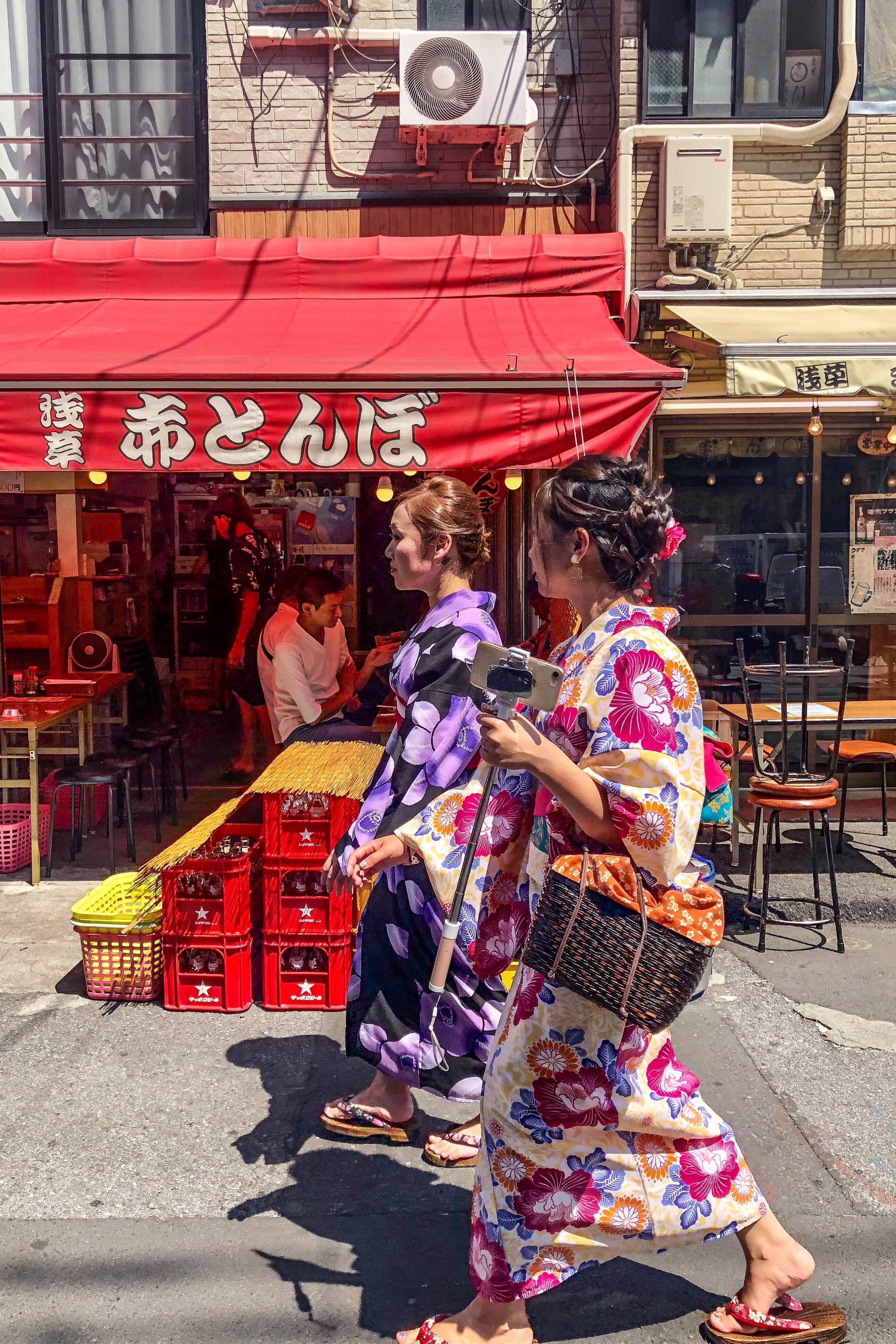
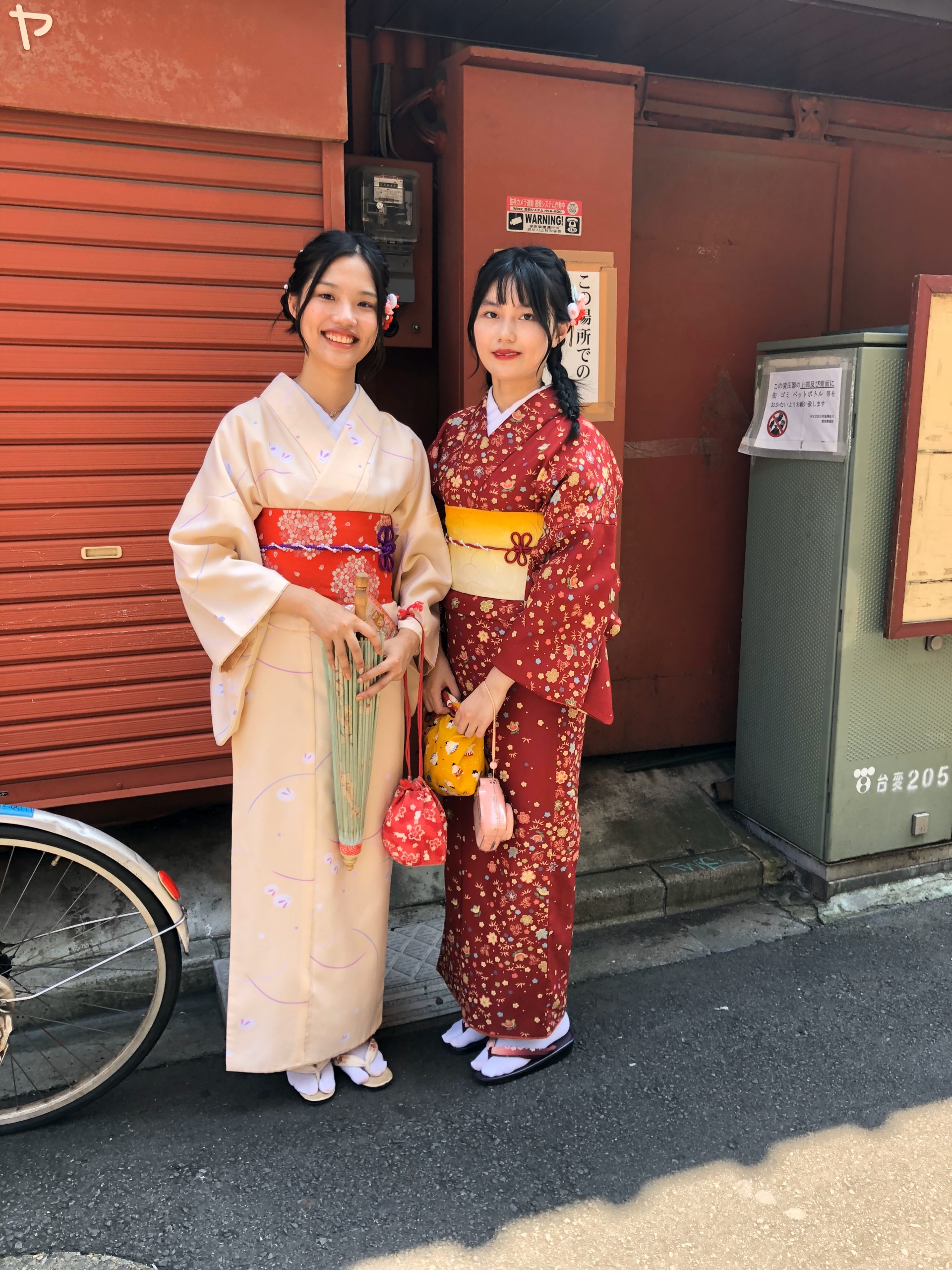
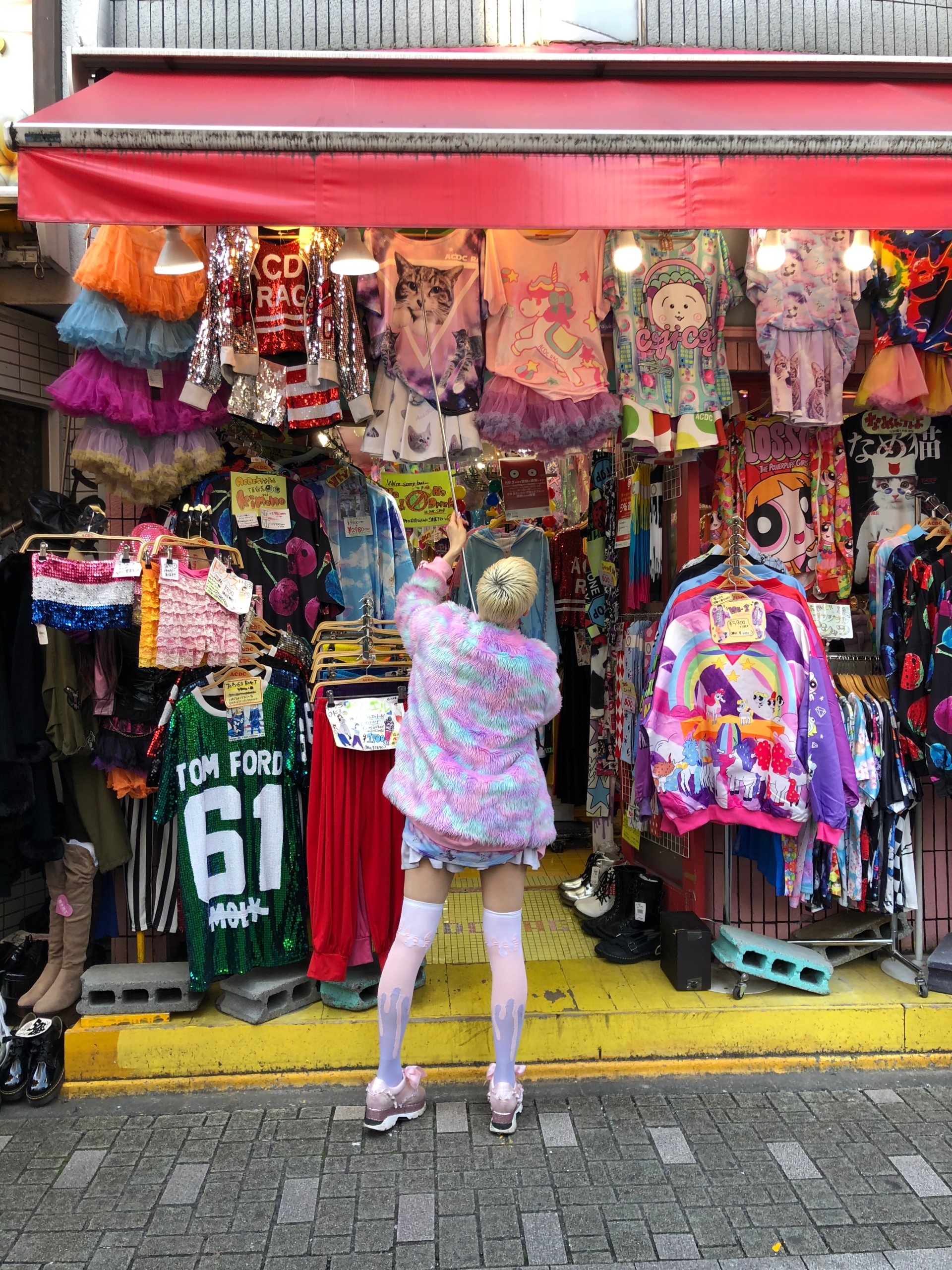
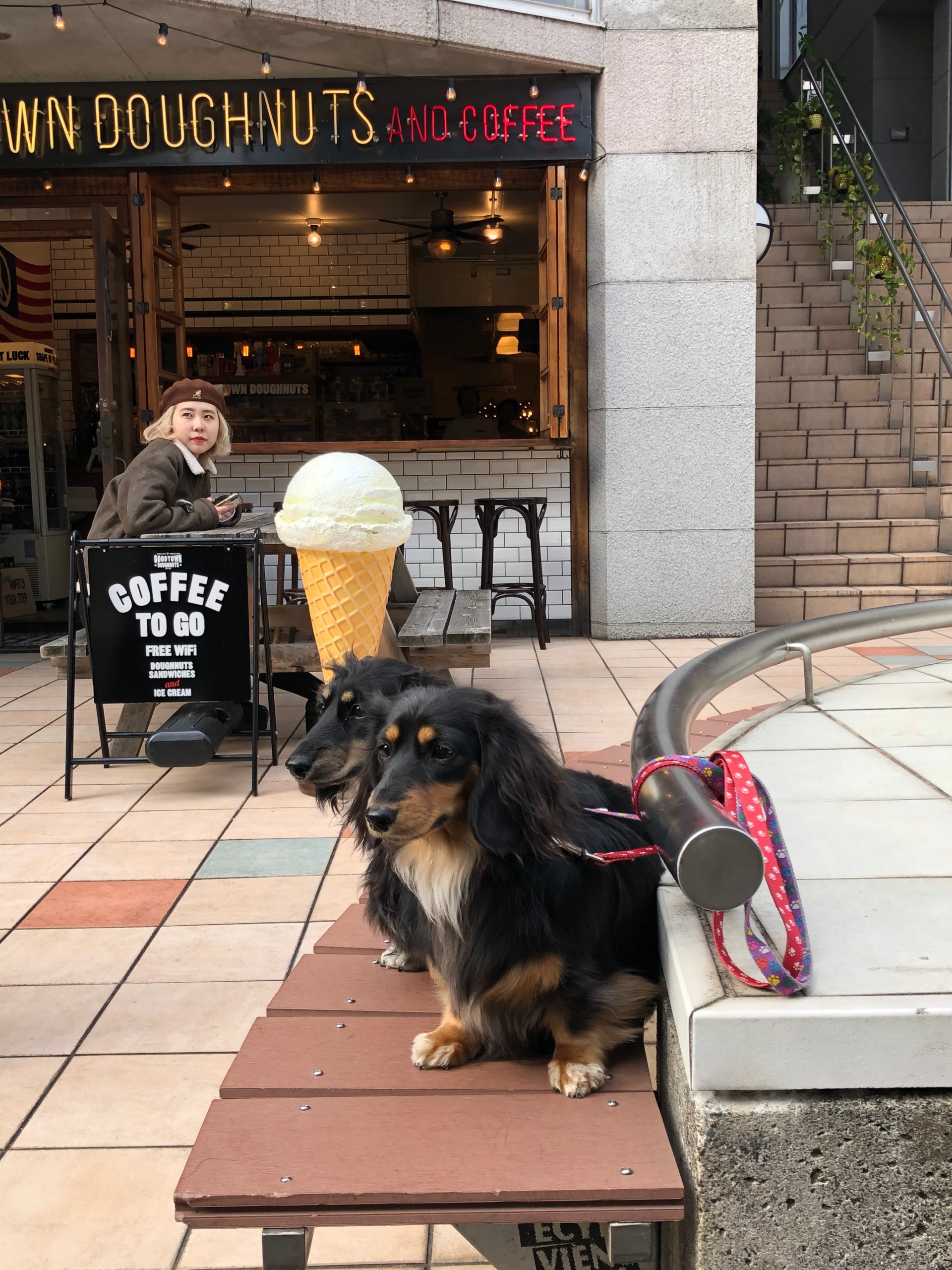
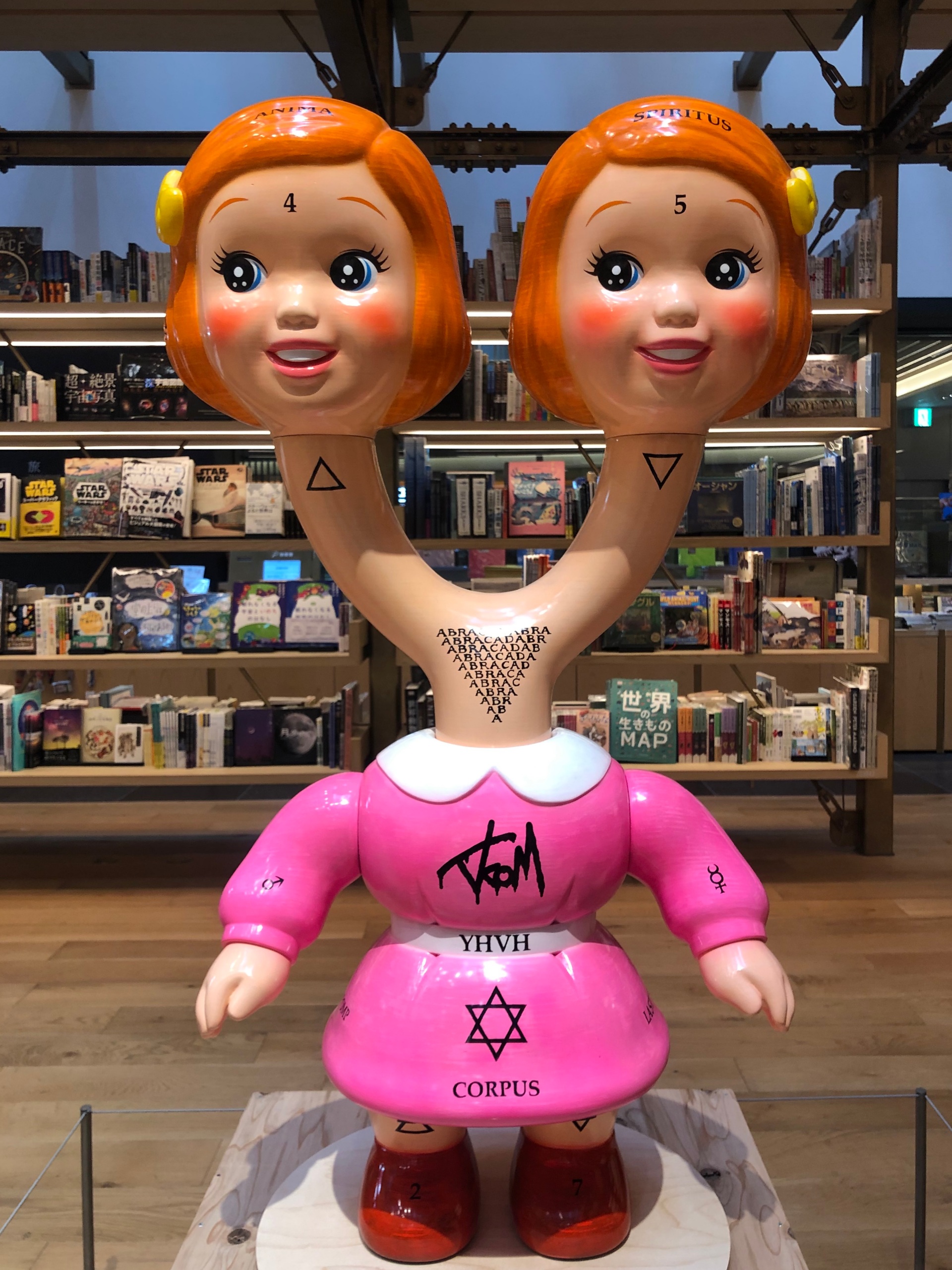
A City With Many Centres
Ditching the guidebooks and wandering the city's streets without an agenda is the best way to uncover Tokyo, and its many faceted neighbourhoods - some feel like a vision of the future, some evoke the past, others hide edgy art galleries and cocktail bars in drab concrete blocks, and many have a wonderful tranquillity that is such an unexpected and welcome contrast. Start with the biggies - If you had to pick a stock image of Tokyo, it would show Shibuya Crossing, set amongst the neon, adorned bill boarded sleek high-rise architecture. The youth party town since the 30’s Shibuya is the epicentre of modern Japanese culture, and Japan's trend-setting powerhouse dedicated to fashion and the arts while Shinjuku is frenetic Tokyo at its best. Famous for its Blade Runner-style neon signs, rooftop bars, crazy nightlife, drunken-salaryman enjoying nights at the many izakaya, the world's busiest train station and partying in Asia's largest LGBTQ+ district. Harajuku is an epicentre of experimental fashion and where Tokyo's youth come to find unique clothes to express themselves. Harajuku is the centre of pop culture and affordable, casual, and subculture fashion, colourful street art, quirky vintage clothing stores, cosplay shops, and themed cafes, and is famous as the birthplace of "kawaii culture", the cute aesthetic, which informs much of Japanese culture. The surrounding lanes are crammed with small trendy bars, dessert shops and carts specialising in sweet crêpes, doughnuts, and bubble tea. It's a great place for people watching, spotting the fashionistas in their doll-like Lolita fashion and cute kogal, school girl aesthetic - amongst the many bizarre and weird street wear. It’s the place to see and be seen.
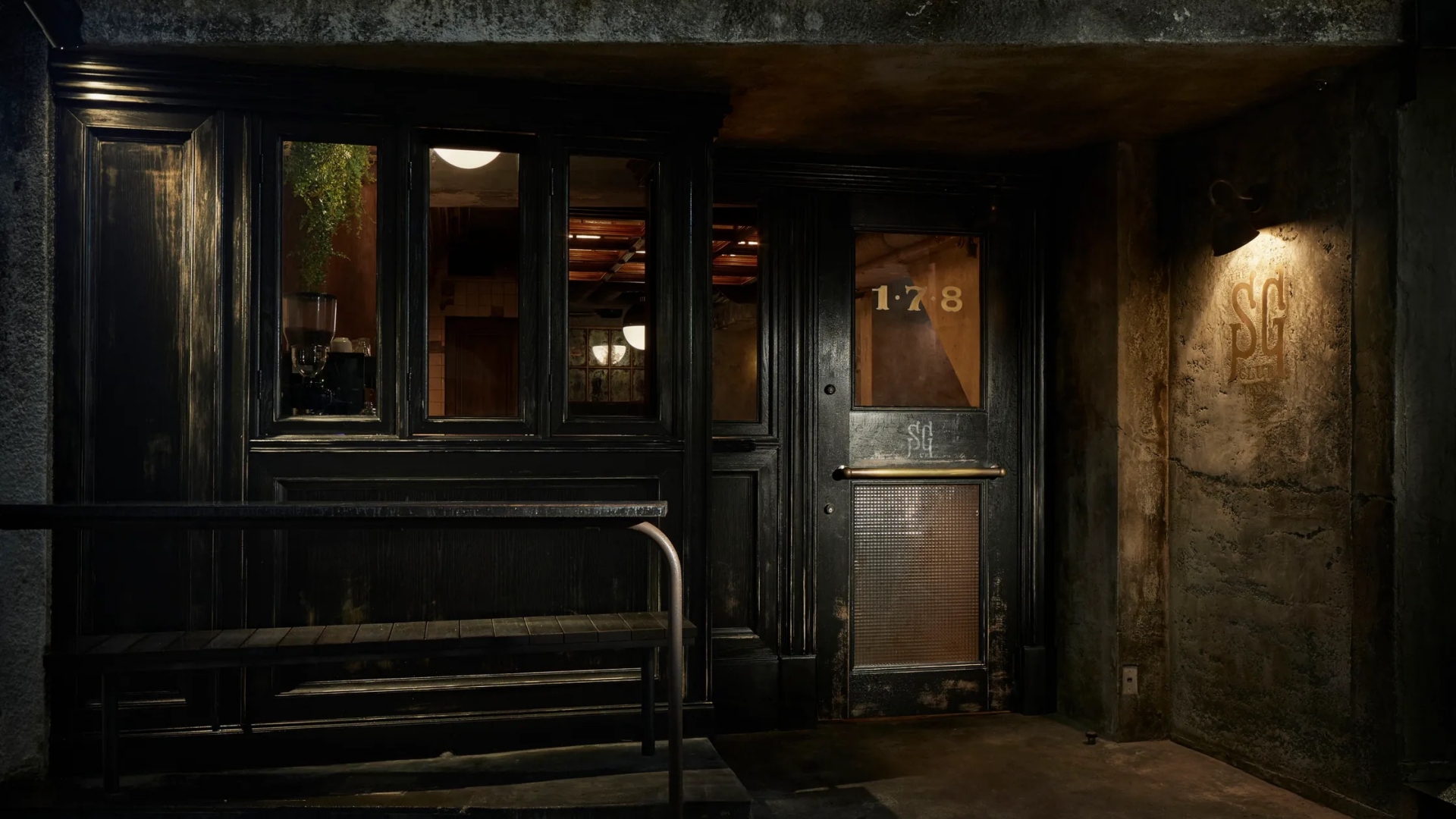
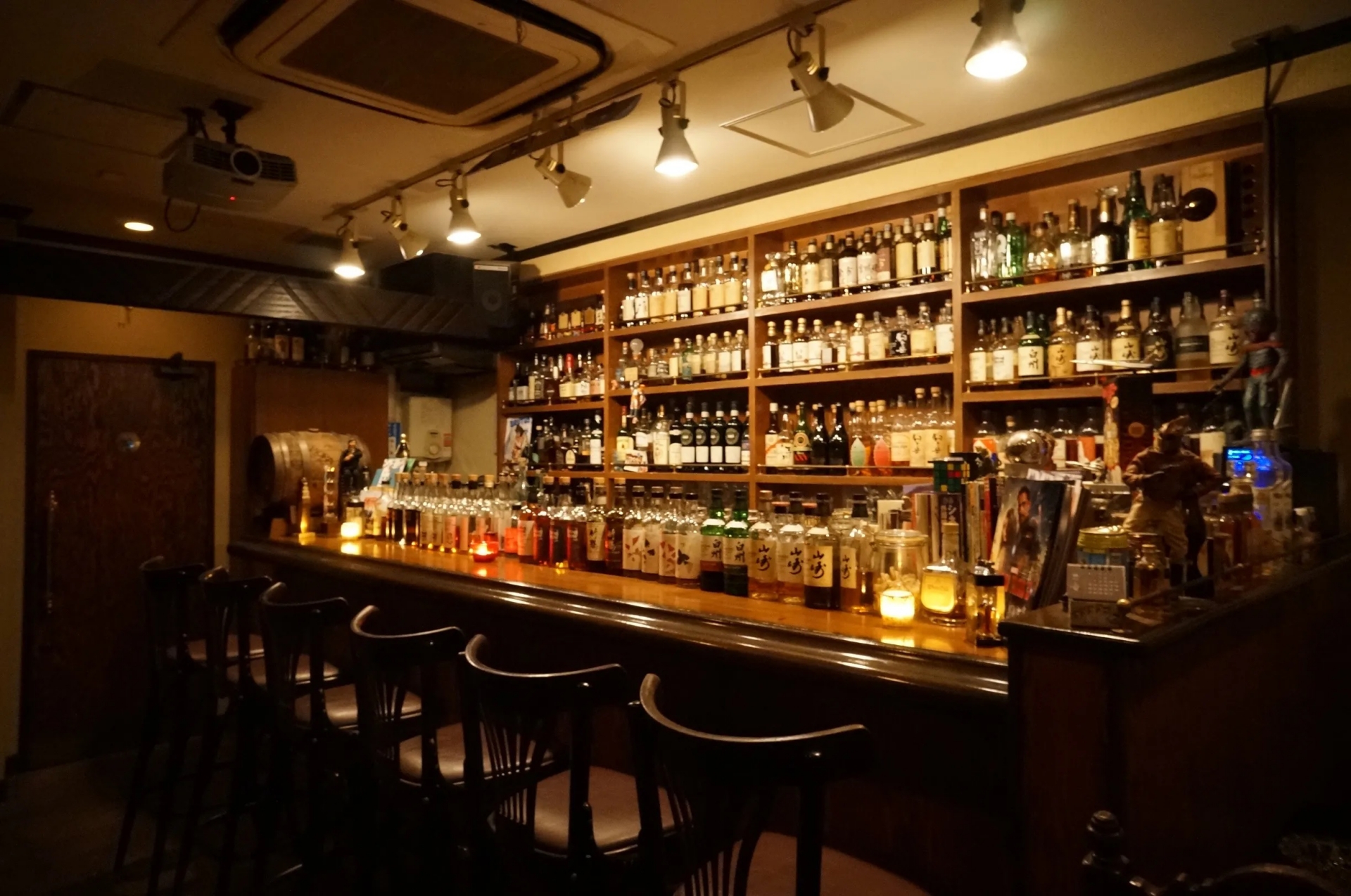
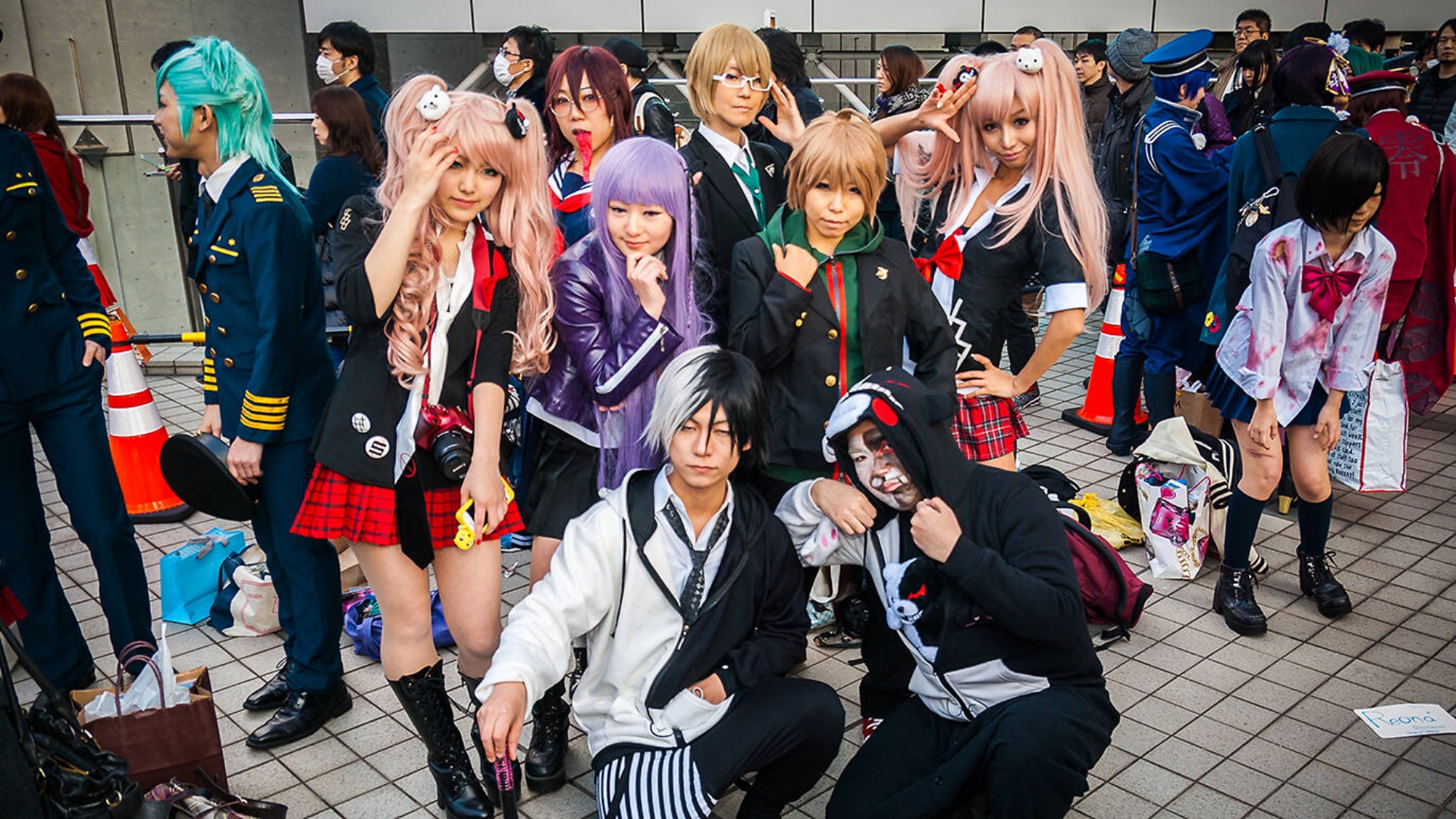
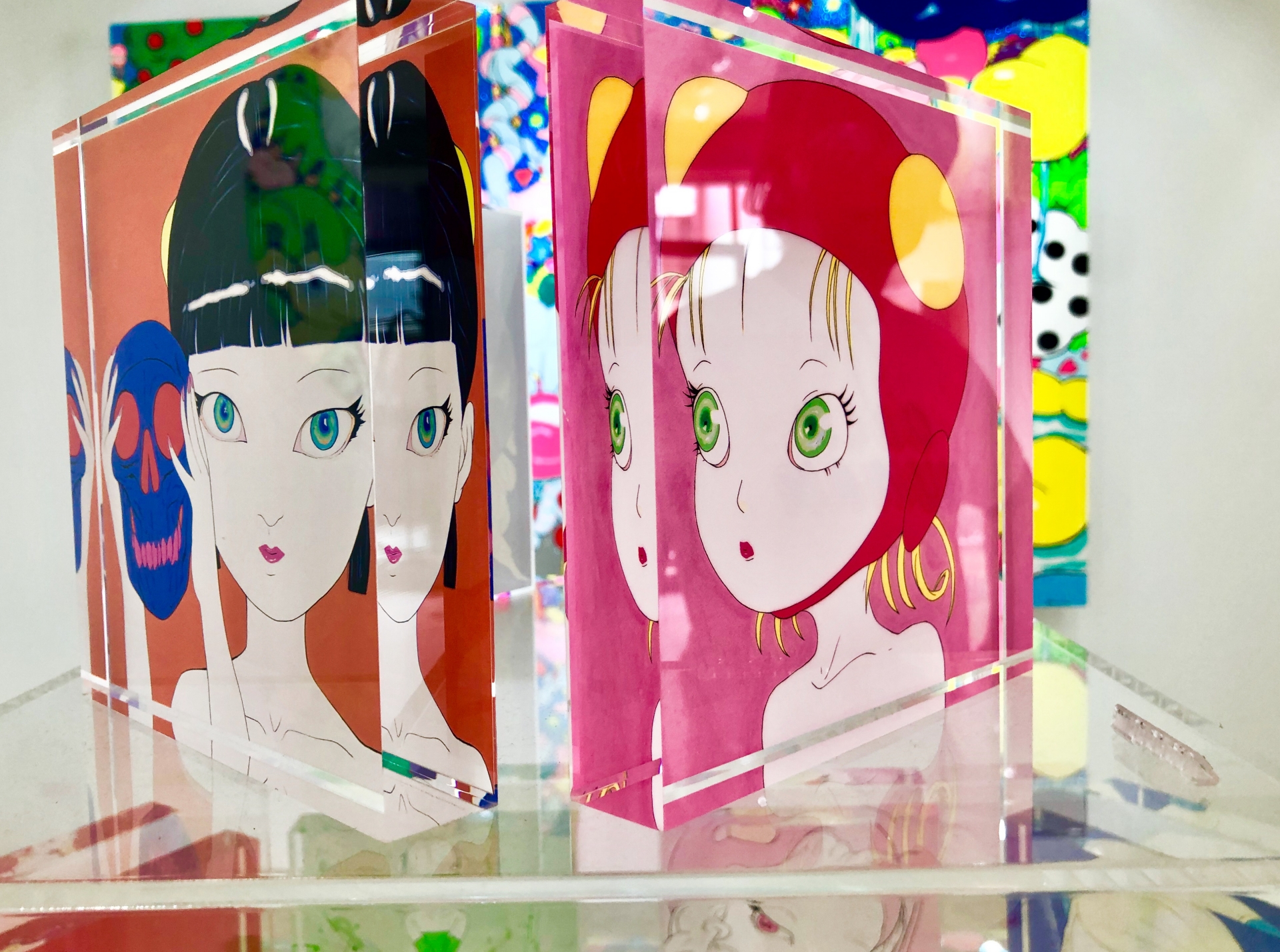
However, even these frenetic areas have tranquil havens within them. Cat Street is the nickname for a mostly pedestrianised alley that runs between Harajuku and Shibuya with an understated vibe despite its fame is never overly busy. I love wandering around the stylish shops, and if I'm not staying there, I'll pop into TRUNK Hotel for its cool urban design, and relaxed vibe, and the not to be missed curated hotel shop selling a captivating array of don't needs, but simply must-haves, two super restaurants, and the chilled lounge bar are a welcome respite from the madness that is Tokyo. Or head to Shibuya’s the uber tranquil Meiji Jingu Shrine a real oasis in the city.
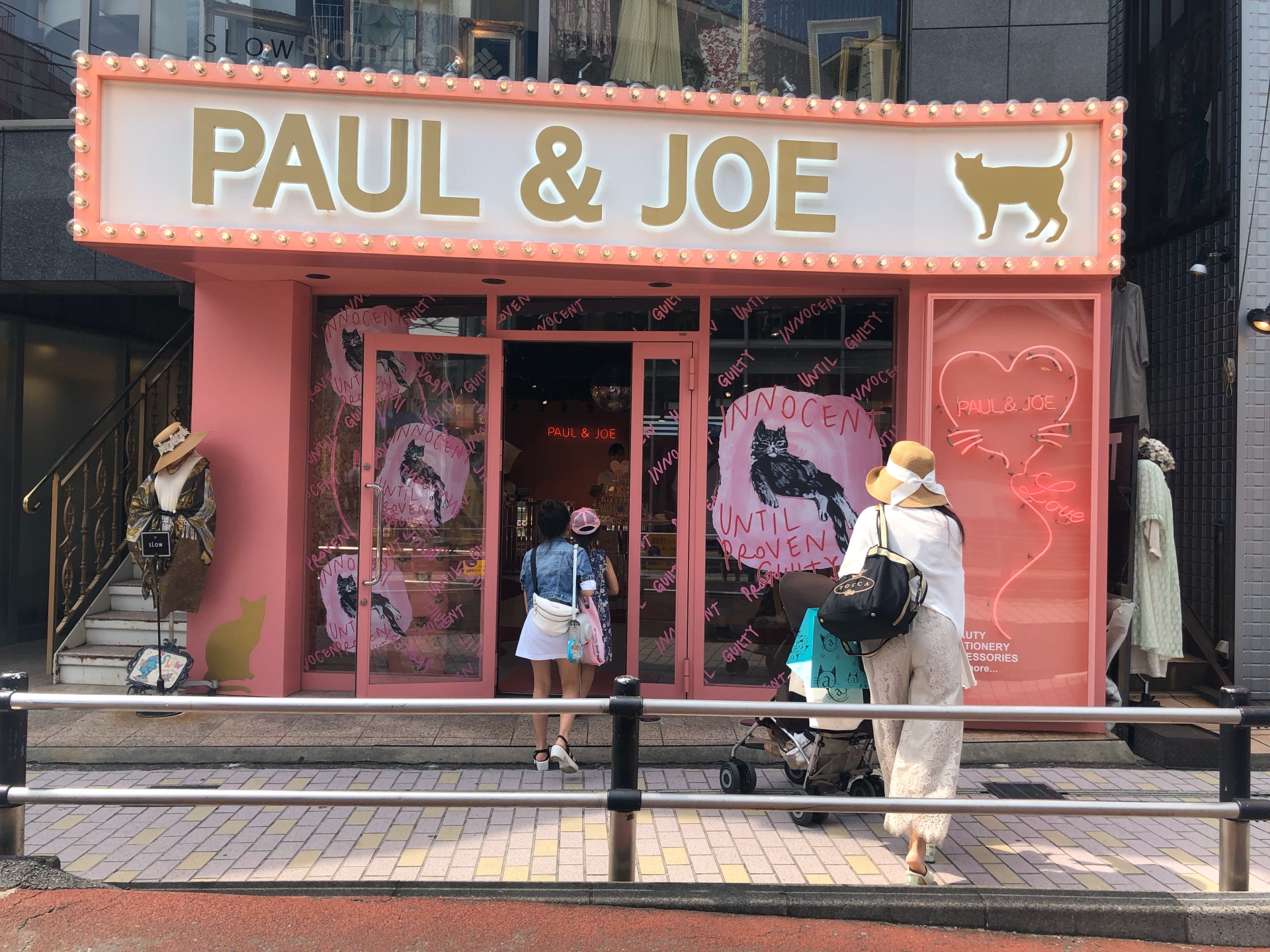
Close to Shibuya, Shimokitazawa, often shortened to Shimokita is a trendy, bohemian oasis for creatives, and a veritable Hipster's Paradise! Its narrow streets are full of vintage clothing shops, quirky cafes, live indie and rock music houses, indie fashion outlets, and artist studios. A world away from neighbouring Harajuku with its eye-watering colours and abundance of kawaii cutesy shops, Aoyama is modern Tokyo at its most grown-up and glamorous, and where the city's fashionable elite, shop and eat. The tree lined Omotesandō Avenue, known as the Champs-Élysées of Tokyo, and the Mayfair of London, is lined with flagship stores designed by all the top influential architects, and the side streets are full of gorgeous boutiques, funky cafes and great restaurants, as well as Kengo Kuma's minimalist museum hosting the private collection of pre-modern Japanese and East Asian art of Nezu Kaichirō, surrounded by a spectacular garden and teahouse.
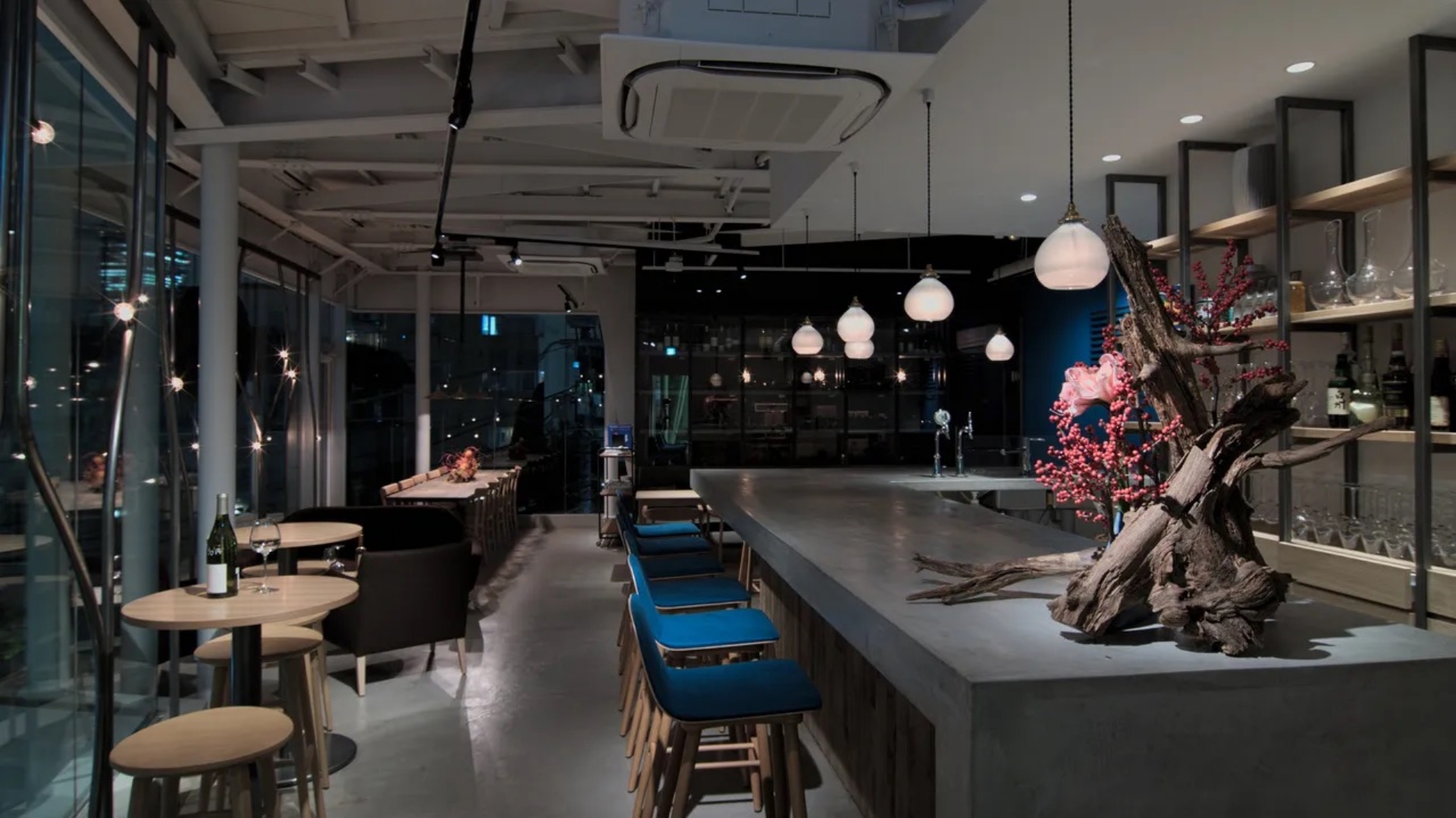
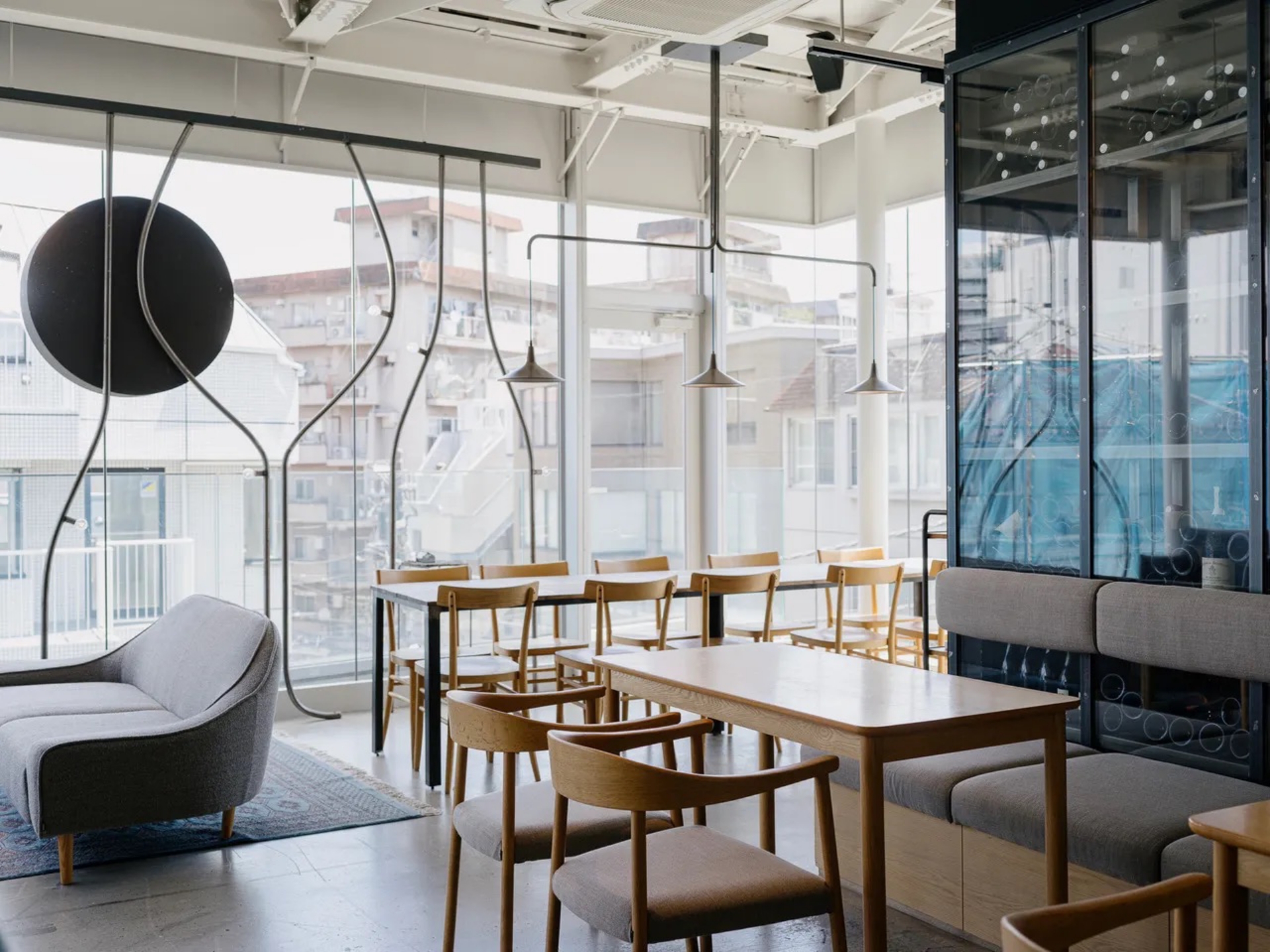
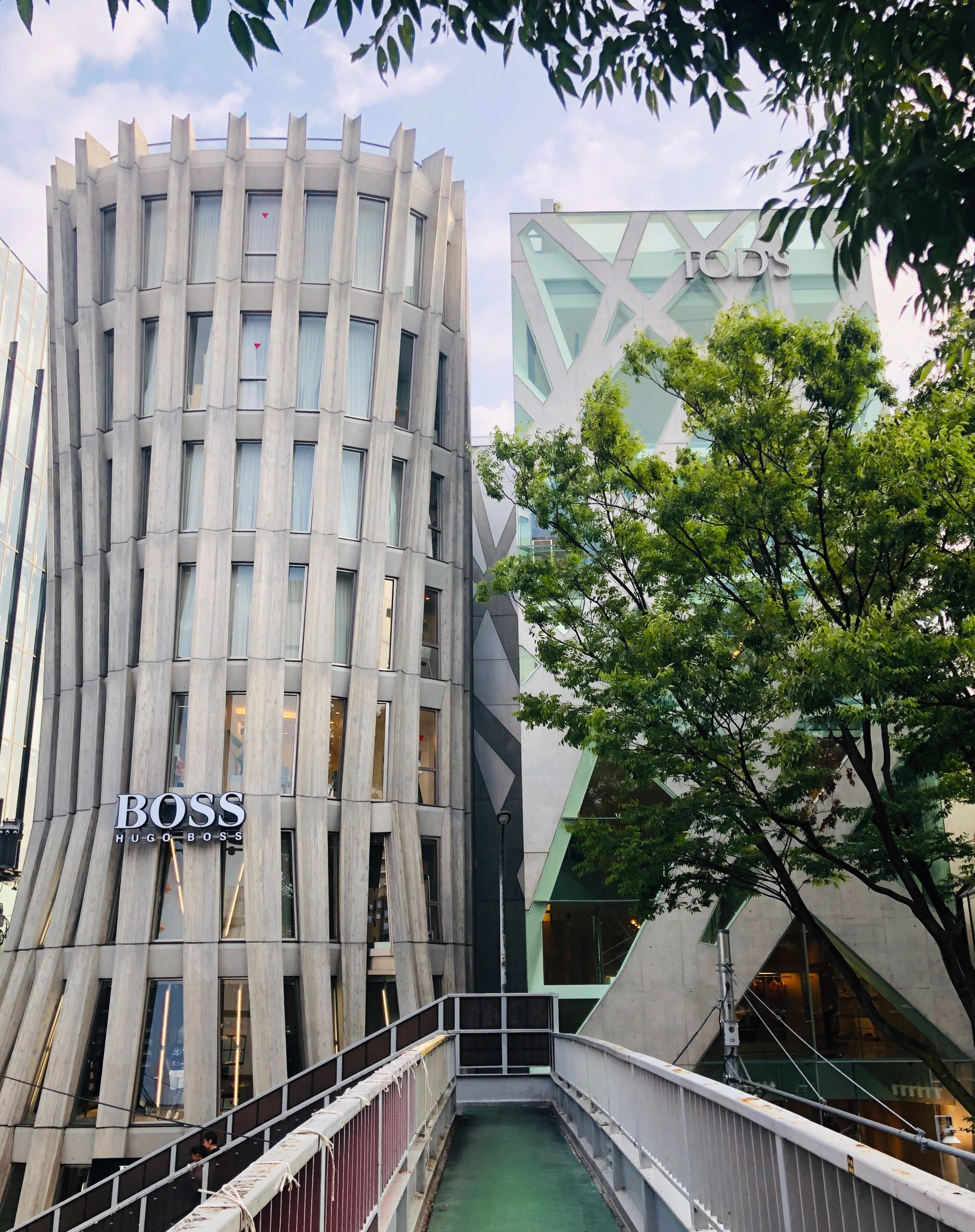
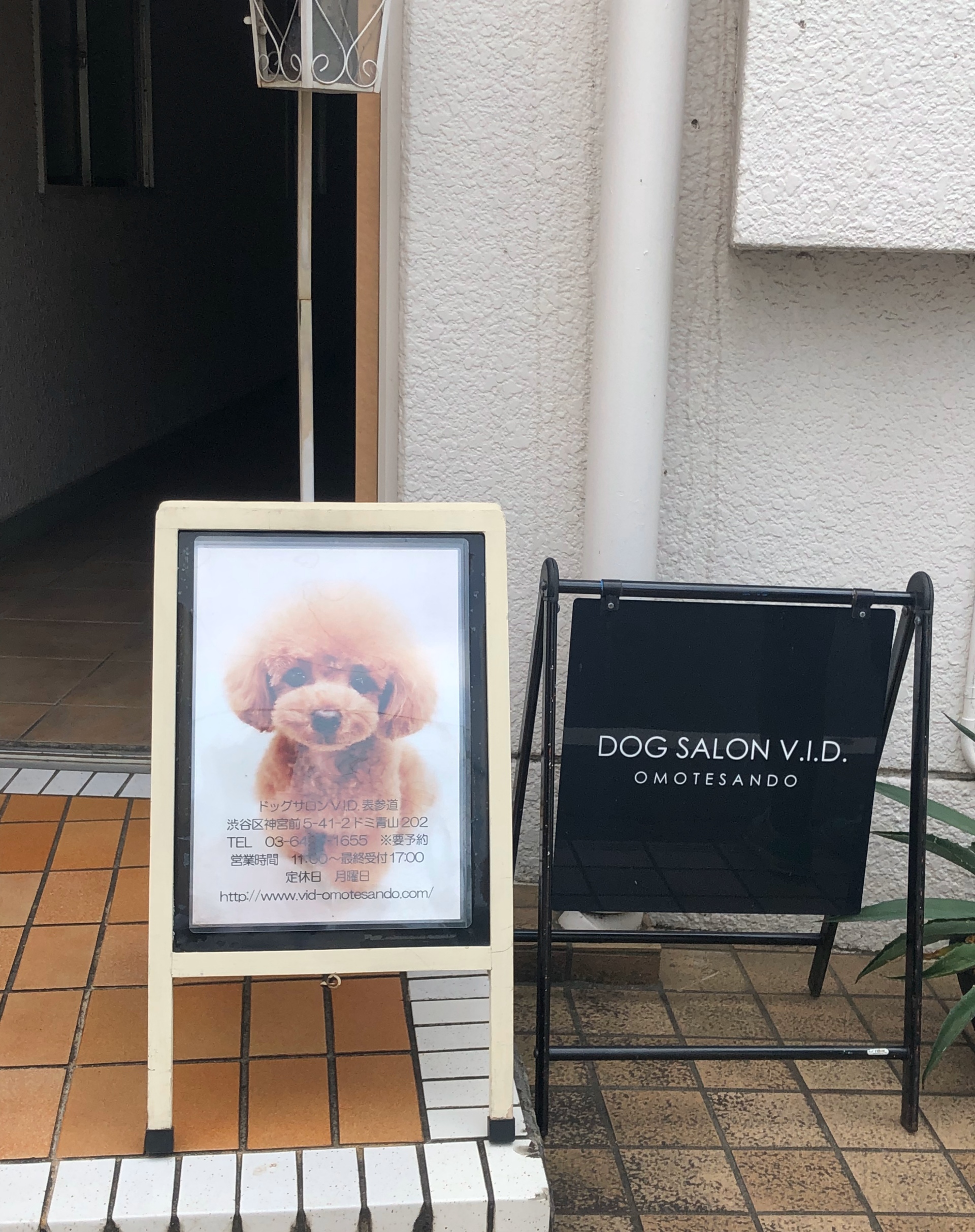
Ginza is the sophisticated shopping district where the tall sleek department stores form a vertical panorama of neon. Every luxury design house on the planet can be found here. Check out GINZA SIX, the Bank of Mitsubishi UFJ, MIKIMOTO, the Japan Design Center, Masayoshi Nakajo's excellent typeface on Matsuya Ginza, and the tiles in the underground passage connecting Matsuya Ginza and Metro by Taku Sato as well as some splendid old architecture, such as the Suzuki Building, completed in 1929, now home to the Morioka Bookstore, the Yoney Building, completed in 1930, and the 1933 Art Deco Kyobunkan building by Antonin Raymond. Tokyo Midtown was created to be the centre of design culture in Japan, driven by facilities including 21_21 DESIGN SIGHT, Suntory Museum of Art and Tokyo Midtown Design Hub.
Nearby is The National Art Center, and the Mori Art Museum. Roppongi is constantly buzzing. By day, culture lovers and creatives flock to its Art Triangle; at night it's party central, with an epic club scene.
Talk to a Tokyoite about “downtown” and he will think of the Taitō district, the beautiful historic district of Asakusa with its old Tokyo vibes, and its many temples, museums and beautiful gardens, where Asakusa's main attraction the Sensō-ji Buddhist Temple resides at the centre of Tokyo's shitamachi (literally "low city").
Akihabara (Electric Town) is Tokyo's hub for otaku, one of Japan’s most misunderstood subcultures, is celebrated for its arcades, female cosplayers, manga (comic books), anime (cartoons), manga cafes (Manga Kissa) where fans can read from a manga library for a specified time at a corresponding fee, maid cafes, and other cool, geeky items. Maid cafes were created to fulfil the fantasies of maid-themed manga and anime fans. The waitresses dress as French maids, serve "cute" food, and may engage in friendly conversations and play cards or video games with customers. Ikebukuro is another centre of otaku culture that caters to a more female clientele. It has butler cafes, anime, manga and cosplay-related shops. Ueno district is also a great place to experience the old Tokyo atmosphere, with traditional homes and narrow streets, and Ueno Park, one of the largest green spaces in Tokyo. The park is also home to Ueno Zoo, the oldest zoo in Japan, and the Tokyo National Museum. Ameyoko - a lively street market is nearby.
Daikanyama
Dubbed as the “Brooklyn of Tokyo” Daikanyama is a hipster hotspot filled with locals sipping third wave coffee in the cool coffee shops mingled between cute stores and alfresco sidewalk cafés. The area is young, but feels more mature than Shibuya with the elegance of Omotesando.
Ebisu
Upscale yet laid-back Ebisu is where the community of expats and older folk live and frequent the many standing bars and cosy pubs.
Tranquil Escapes
Amidst the urban sprawl you’ll also find little pockets of history, faithfully evoking the spirits of days long gone. These areas called “shitamachi”, are the downtown neighbourhoods of Old Edo that have not kept up with the rapid modernisation of the rest of the city. They have a nostalgic, enigmatic charm, where time seems to be much slower. There are surprisingly many such old downtown areas to be found around Tokyo. Leaving Tokyo’s busy hot spots and stepping into a warm, relaxing shitamachi area is soothing to the soul - filled with the warmth of their local inhabitants, and a gentler, slower hum that is by no means less lively – just more relaxed. Recently, shitamachi areas have experienced an influx of new shops and brands settling in the quiet, relaxed neighbourhoods. Young Japanese who grew up in these shitamachi areas tend to return to their home to pursue their dreams, and Tokyo’s historic downtown areas are becoming central hubs for creative, young entrepreneurs. Kiyosumi Shirakawa has evolved into Tokyo’s prime coffee town, with brands such as Blue Bottle Coffee flocking to the area - and talking of coffee - Tokyo has a thriving coffee culture scene with trendy coffee roasters constantly popping up around the city, often housed in gorgeous spaces – some of which are designed by top architects and designers – that make them worth a visit just for the sleek interiors alone.
Yanaka, Tokyo’s Most Traditional District is of the few areas of Tokyo that was spared from bombing in WWII. The tree-lined streets with their time-worn facades recall a centuries old Tokyo is home to artisans, temples, winding lanes and some great restaurants. Kanazawa, Tokyo’s “Little Kyoto” has picturesque shrines, temples and gardens akin to those of Kyoto feels wonderfully “local” and is abundant in traditional charm, from its magnificently sculpted Kenroku-en garden – rated among the best in Japan – to its history-steeped geisha and samurai districts. Yet it’s also very much still alive and kicking too, with a cutting-edge art scene and a fast-growing cohort of contemporary restaurants, boutique stores, grocery shops and book-cafés.
Kagurazaka known in the 1900’s for its multiple geisha houses is now a wonderful fusion of modern day living and historic culture, and home to a cluster of stores selling a wide-range of both modern and traditional goods, boutique stores, grocery shops restaurants, book-cafés, and lovely outdoor spaces.
Koenji
Sleepy Koenji, the new hip suburb, is cool, liberal and grungy. The birthplace of the city's punk scene in the 1980s, is a mecca for vintage shops, record bars, and cafes. Home to musicians and artists with excellent live music venues and record store scene. Architecture buffs should check out Sou Fujimoto's famous transparent NA House designed to mimic the sensation of living in a single tree.
Nakano
Often defined by its geek-centric mall, Nakano Broadway, but it also has a real foodie scene, with beloved izakaya and ramen restaurants.
Nihonbashi
The city's commercial hub for centuries is home to some of the world's oldest businesses, from bank headquarters in ultramodern buildings to tiny kimono shops.
Odaiba
When locals want to escape the centre, they retreat to this artificial island. Odaiba has a “beach”, quirky museums and amusement parks - perfect for teens and families.
Tomigaya
One of Tokyo’s latest “it” neighbourhoods, and certifiably cool, Tomigaya has seen an ever- increasing influx of bearded neo-hipster visitors since Monocle erected its Tokyo headquarters here, but this little indie neighbourhood with its low rise silhouette remains relatively calm and collected considering its proximity to central Shibuya. Here you’ll find cute cafés, coffee shops, eccentric fashion stores and fantastic restaurants next to old tofu shops and the local butchers. My Tomigaya faves include Fuglen Espresso Bar, cocktail bar and Vintage Design. It's also home to Pignic Cafe — yes, where you can dine with piglets, or better still take them for a “pignic”.
Nakameguro - Tokyo’s centre of cool with its pretty tree tunnels, cafe’s, and restaurants, bars and bookstores, is as eclectic as its locals. Taprooms attracts hipsters, high-end boutiques draw the wealthy groomed pups in tow), and the Meguro River is a family favourite - especially during cherry blossom season. and within walking distance of the trendy districts of Daikanyama and Ebisu, and holds its own in the sophistication stakes. The area is home to a range of cool cafes and restaurants, hip interior and accessory shops. Nakameguro Koukashita is a 700 metre stretch of bars and stores anchored by the uber-modern bookstore Nakameguro Tsutaya Books.
Eating in Tokyo
Tokyo is one of the great epicurean cities, and one of the world's most exciting dining destinations offering a wide range of both local and regional Japanese cuisine in addition to all types of international cuisines, and many themed cafes including Vampire cafes, Alice in Wonderland, Maid cafes, Cat cafes, Totoro cafe, Moomin cafe, PomPomPurin Cafe. You name it and there is a big chance that there is a themed cafe in Tokyo with your favourite things. You’ll find the world's most Michelin starred restaurants, glitzy rooftop dining and drinking spots, but most fun are the izakaya that line the narrow yokocho [alleys]. These tiny Japanese style pubs, are filled with “salarymen” at the end of day snacking, drinking, and smoking [yes smoking indoors], before stumbling home to sleep before they they start it all again, work, eat, drink, sleep. The food may not look totally enticing but believe me you’ll love it. Whiskey bars, and sleek cocktail bars are plenty. Izakaya are basically a Japanese pub, and a quintessential experience, and an insight into the rowdier side of a composed culture, with cold beer and good food. Part bar, part restaurant and part something undefinable - they are often smoky, almost always noisy and definitely best when busy. Offering all the must-try Japanese drinks like nihonshu and umeshu as well as draft beer and highballs, you can find your favourite rites while you choose a few small plates to go with them. An establishment’s specialty can vary - it could be a mix of skewers, some fresh sashimi or traditional tofu dishes.
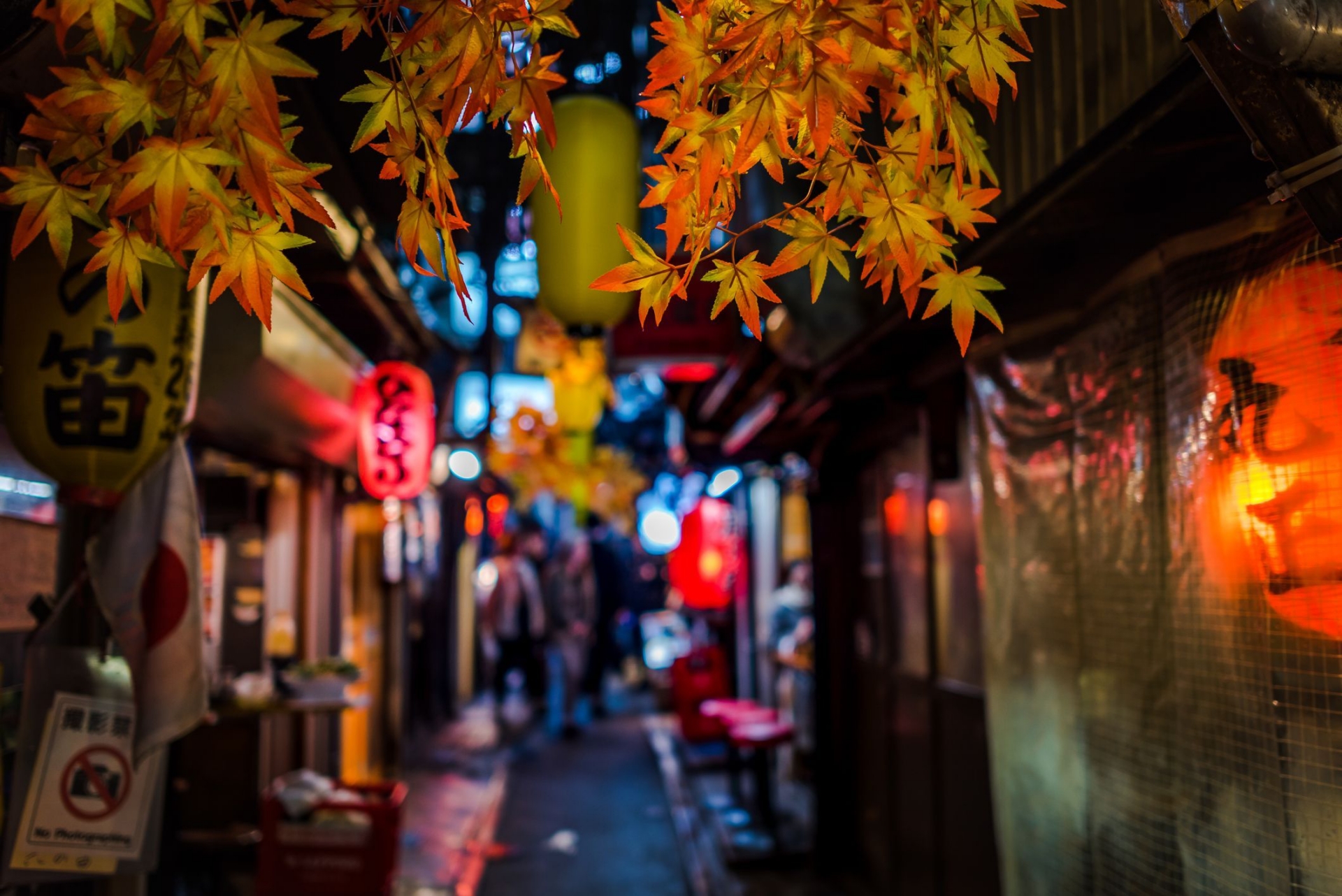
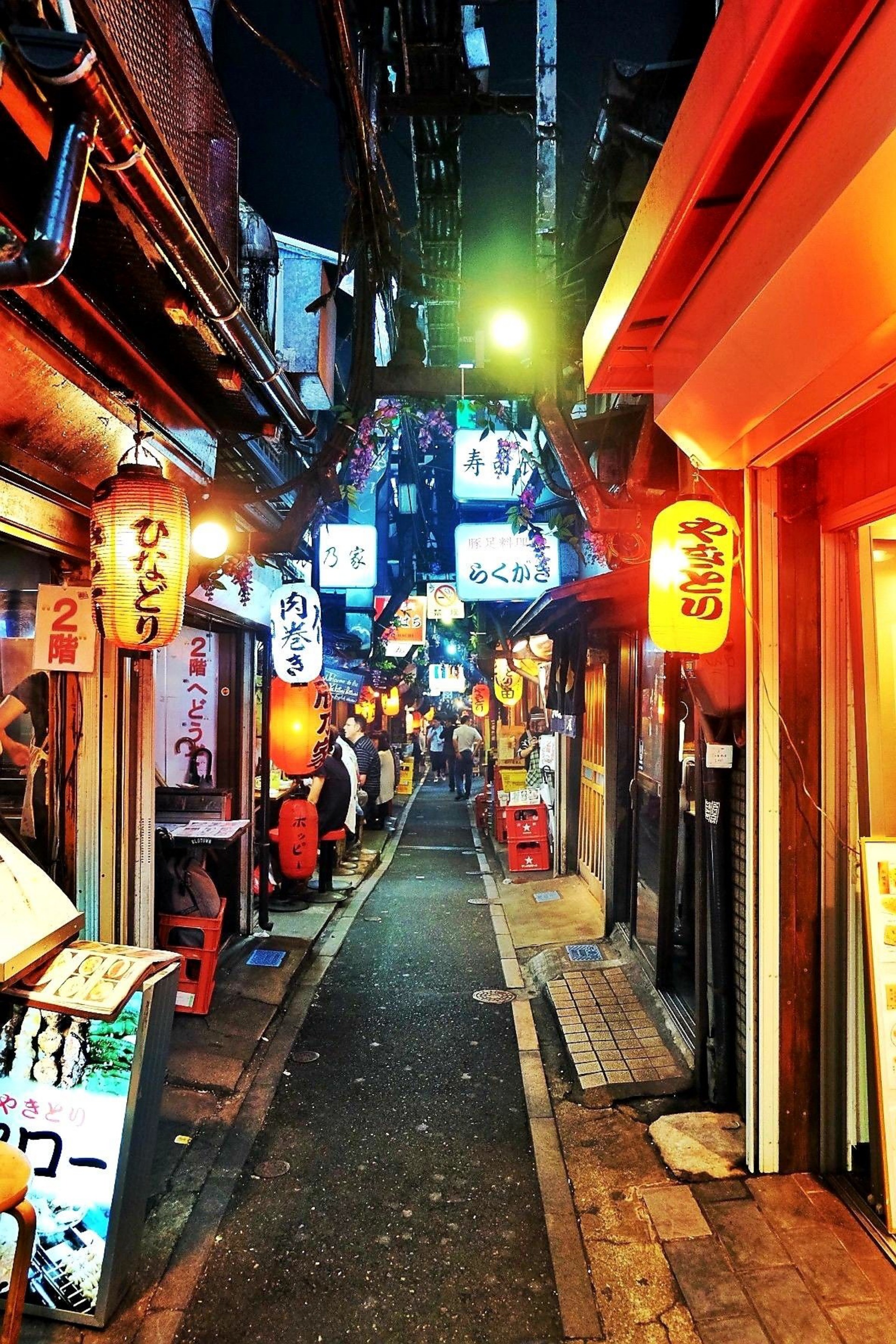
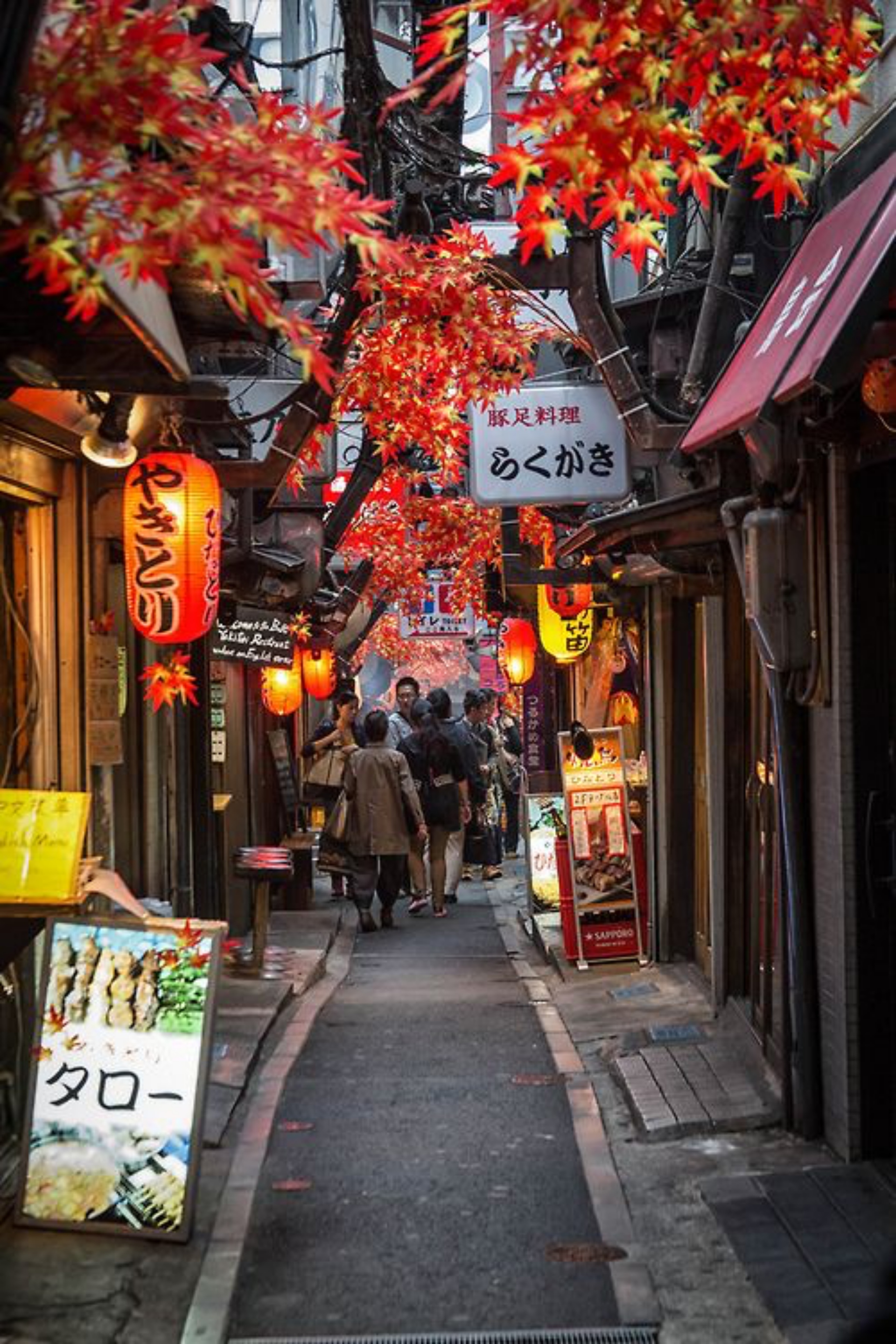
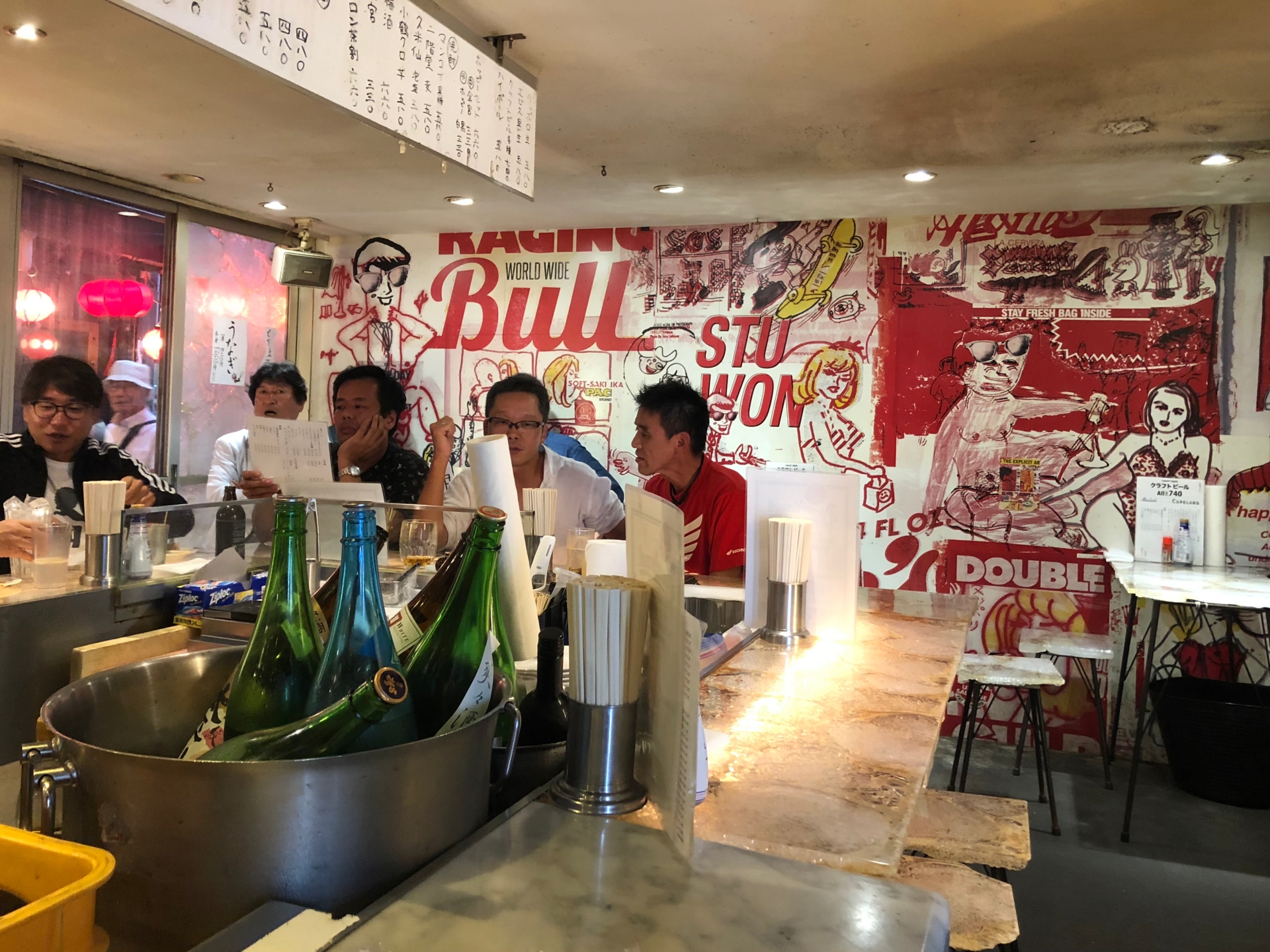

Tokyo Hotels
TRUNK
The hippest boutique hotel in Tokyo without pretension. Chill ambient tunes play during the day in the TRUNK (LOUNGE), selected by music experts who lead the local Shibuya scene. After dark, local DJs do their thing. A lot of cool events are hosted here as well. Trunk hotel slots seamlessly into Shibuya, the fashion hub of Tokyo, with its wood and stone tiered architecture and refined interior design. Upcycled materials are repurposed into modern furniture, and walls are adorned with work by local artists. Browse the hotel’s shop, which sells a curated array of items ranging from clothing to food, before pootling on down to the bar for cocktails whipped up by expert mixologists.
Address
5-31 Jingumae Shibuya-ku Tokyo 150-0001
AMAN
The preservation of Aman’s signature serenity is flawless in its first city location of Tokyo. The incredible use of space in each bedroom makes you forget that you’re in a hotel; the airy rooms designed by the Australian architect Kerry Hill are filled with natural wood, stone and paper, echoing traditional, sleek Japanese homes. Enjoy the sweeping views of Tokyo while honing your folding skills with the delightful origami paper provided in each room.
Address
The Otemachi Tower 1-5-6 Otemachi Chiyoda-ku Tokyo 100-0004
HOSHINOYA
Cosy ryokan inn vibes meet luxury hotel at the 18-storey HOSHINOYA Tokyo, which benefits from a hot-spring onsen. The overall feel here falls somewhere between peaceful traditions and a casual modern attitude, exemplified in the cotton-jersey kimonos provided for guests.
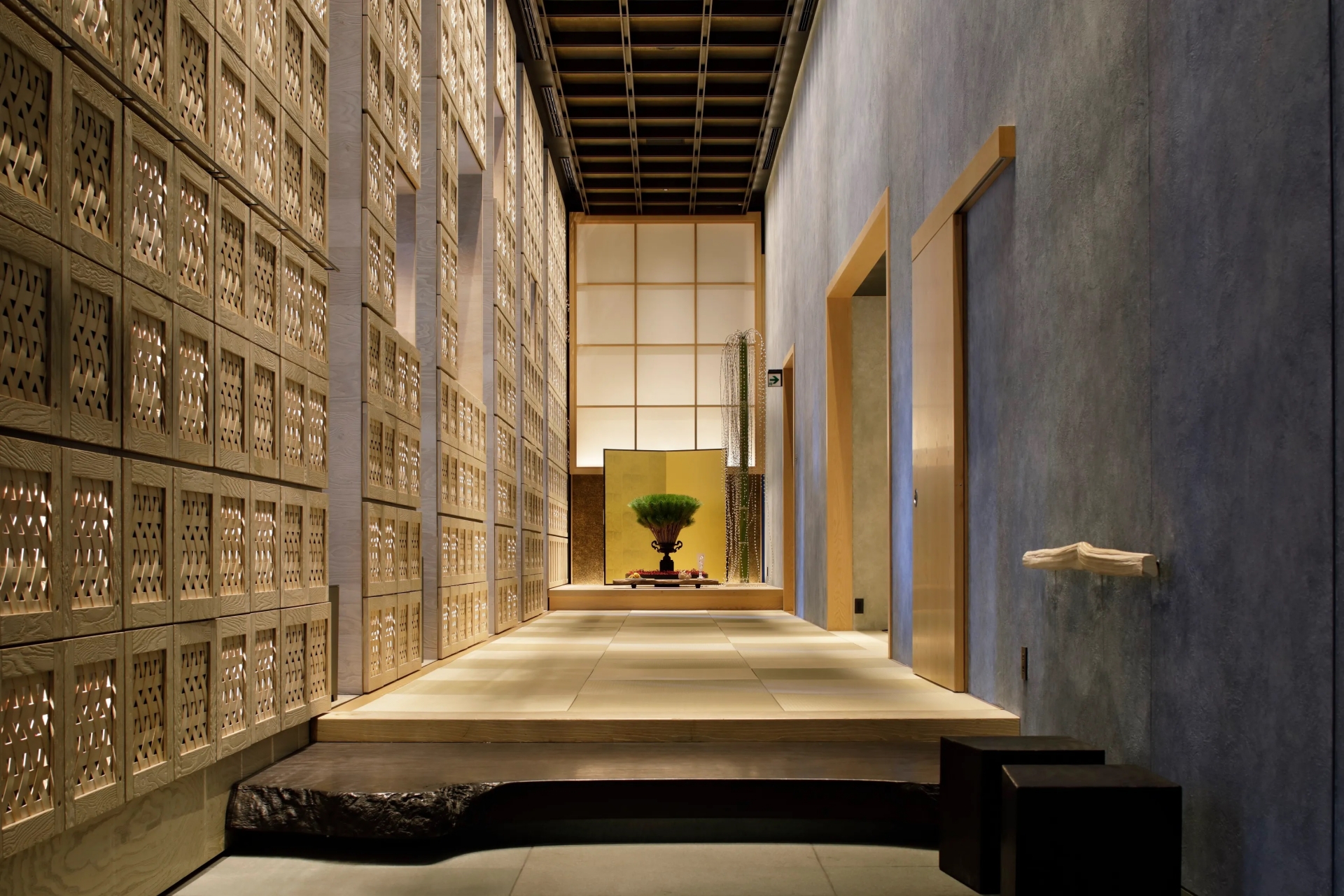
Address
1-9-1 Ōtemachi Chiyoda-ku Tokyo 100-0004





